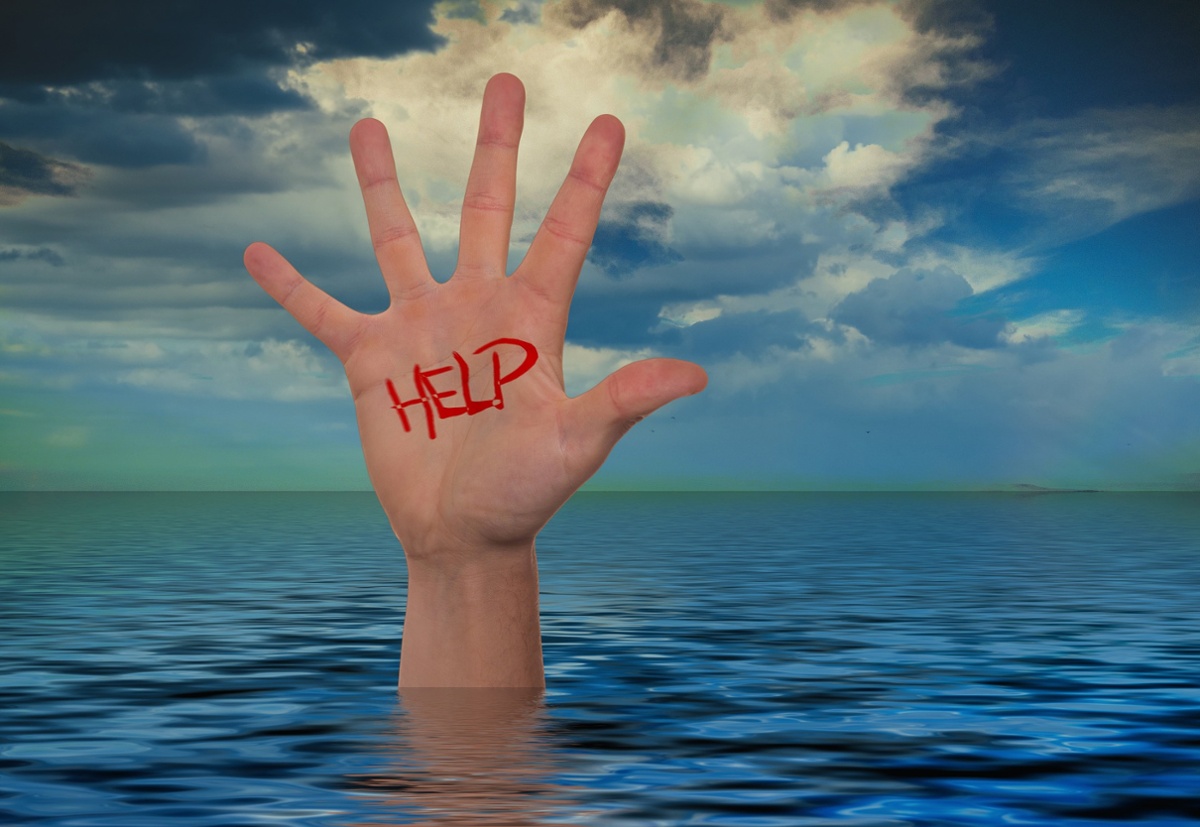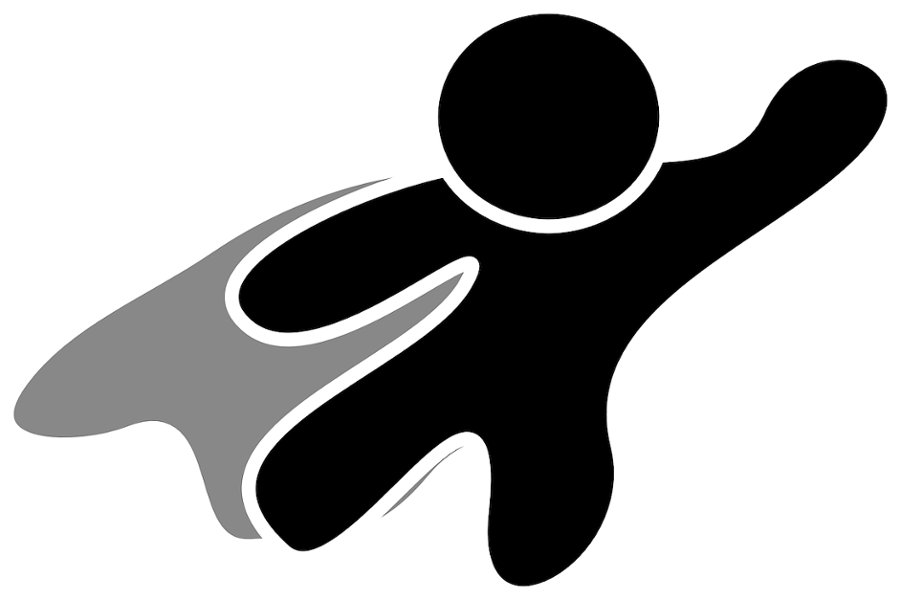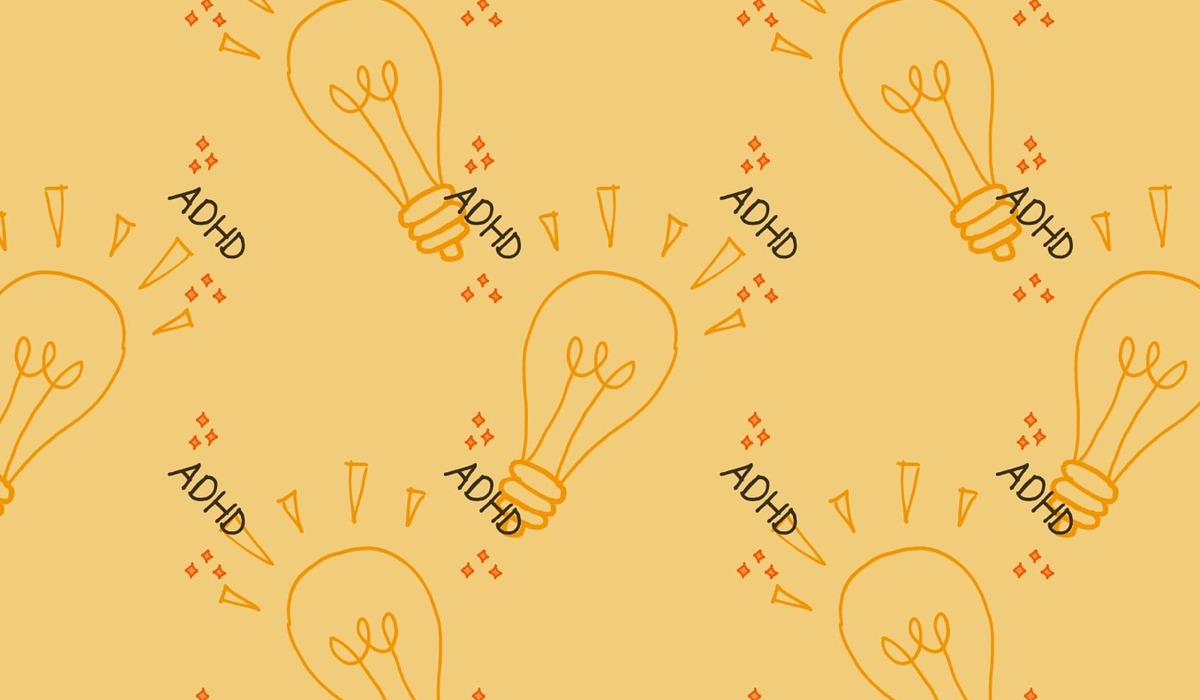More Than a Village
If it is indeed a widely accepted truth that it takes an entire village to raise a child, then it can be said that it takes an entire nation to raise...
5 min read
Isla Turner, MS, PLPC : May 22, 2023 12:03:56 PM

When I get on my soapbox to discuss 504 plans and Individualized Education Plans (IEPs) I am sure most people tune me out. Your child or student may not have a disability so this does not prick your interest. Cool. The issue is children with disabilities are at the mercy of adults. We need adults capable of understanding to recognize, advocate, and mobilize to interrupt systems that are not effective.
The Child Find Law mandates schools to identify, evaluate and support students with disabilities despite the severity of the disability. It matters not that the schools can provide the services that student needs. Federal dollars are allocated to hire additional staff (i.e paraprofessionals), purchase assistive technology, or even allow students to attend schools outside of their district per their IEP needs.
Students with disabilities may not be receiving adequate support from school for a variety of reasons. Preconceived notions about disability and existing societal biases can lead to students being undereducated or discounted entirely when it comes to academic support. Even in cases where the disability is visible, there are often difficulties in identifying or obtaining proper resources for students.
Invisible disabilities present an even greater challenge when it comes to receiving support from schools. These conditions may not always be obvious to the onlooker, but can sometimes or always limit daily activities, range from mild challenges to severe limitations, and vary widely from person to person. Examples of invisible disabilities include physical illnesses like chronic fatigue syndrome, neurological issues such as epilepsy or Attention Deficit Hyperactivity Disorder (ADHD), mental health issues such as depression or anxiety, and learning disabilities like dyslexia.
These conditions require thoughtful and appropriate interventions geared specifically toward the individual student in order for them to succeed academically. However, many schools are ill-equipped to provide this level of support due to lack of resources or lack of knowledge among teachers and administrators on how best to meet the needs of the student with a disability. This leaves these students vulnerable and unable to access a quality education that could open up opportunities for them later on in life.
More Informal removal from school, such as when a student receives a shortened school day or is sent home early.
So as you can see the lack of timely mental health treatment for those with disabilities can have dire consequences. In some cases, these individuals may be unaware of their own impulses or struggle to control them due to a lack of understanding or education about their disability. A perfect recipe for committing a status offense that then leads to contact with the juvenile justice system.
Status offenses are the legal sanctions aimed mainly at adolescents for behavior considered inappropriate due to their youth. Such offenses include skipping school, underage possession and consumption of substances (alcohol, cigarettes, e-cigarettes) running away, curfew violations, and general ungovernability. While these acts may be illegal for minors, they are not criminal in nature. From a behaviorist perspective, all behavior makes sense in context. These are a child's best attempt at coping with their issues while lacking resources, validation, and mental capacity to make wise decisions (prefrontal cortex that we rely on to make wise decisions does not develop until late 20s to early 30s)
Schools usually respond to requests for IEPs and 504 plans by telling parents the following:
There is so much red tape involved in getting a 504 plan or IEP. Parents are questioned about their request for those services by a group of upwards to 7+ professional individuals during the initial evaluation meeting. The school system will attempt to put the burden of proof on the parent (request medical records or testing). However, the school system is not looking for a medical diagnosis. They are looking for an educational diagnosis. That is, how the suspected disability affects the child at school. The parent waists precious time gathering medical information and attending this meeting to present information the school is not obligated to consider. Or the school may delay evaluating for a disability in leu of implementing a tiered intervention system. While the child's parent is being strung along, and the school system is throwing out more red tape, the student continues to struggle.
Research has shown that when young people feel connected to their school - meaning a sense of belonging, safety and support - they are less likely to engage in risky behaviors such as early sexual initiation, alcohol or drug use, violence or gang involvement. The CDC defines school connectedness as "the belief by students that adults in the school care about their learning as well as about them as individuals." The National Longitudinal Study of Adolescent Health looked at protective factors amongst more than 36,000 7th–12th grade students and found that "school connectedness was found to be the strongest protective factor for both boys and girls to decrease substance use, school absenteeism, early sexual initiation, violence, and risk of unintentional injury. " (CDC, 2022)
It’s important that we all work towards creating an educational system where everyone is accepted and supported regardless of their abilities or challenges. This starts by being mindful of our language, attitudes, actions, and interactions with all students - including those with disabilities - so that each person feels accepted and valued for who they are. We must also advocate for better policies on the local level which would ensure equitable access to resources such as speech-language therapy, occupational therapy, psychological counseling, technology assistance, adaptive physical education programs and more.
It is essential that more resources are allocated towards providing better mental health services for those with disabilities before they enter the criminal justice system. This might include support systems that provide education and awareness about their disabilities as well as guidance on how best to manage them. Additionally, more research should be conducted into developing effective treatment options for those with disabilities who already find themselves caught up in the criminal justice system. Doing so would not only improve outcomes for these individuals but could also prove beneficial for society as a whole by reducing recidivism rates and saving taxpayers money in the long run.
Sources:
Centers for Disease Control and Prevention. School Connectedness: Strategies for Increasing Protective Factors Among Youth. Atlanta, GA: U.S. Department of Health and Human Services; 2009.
US Department of Education (ED). (2023, January 4). Discipline, restraint and seclusion. Home. https://www2.ed.gov/about/offices/list/ocr/frontpage/pro-students/issues/dis-issue02.html

If it is indeed a widely accepted truth that it takes an entire village to raise a child, then it can be said that it takes an entire nation to raise...

ADHD is not a set of symptoms along a neurotypcial continuum. It is not willful disobedience. It does not mean lower functioning. The truth is that...

If you are a no nonsense, my way or the highway parent, then chances are you are an authoritarian parent. It is your attention that I want today. I...